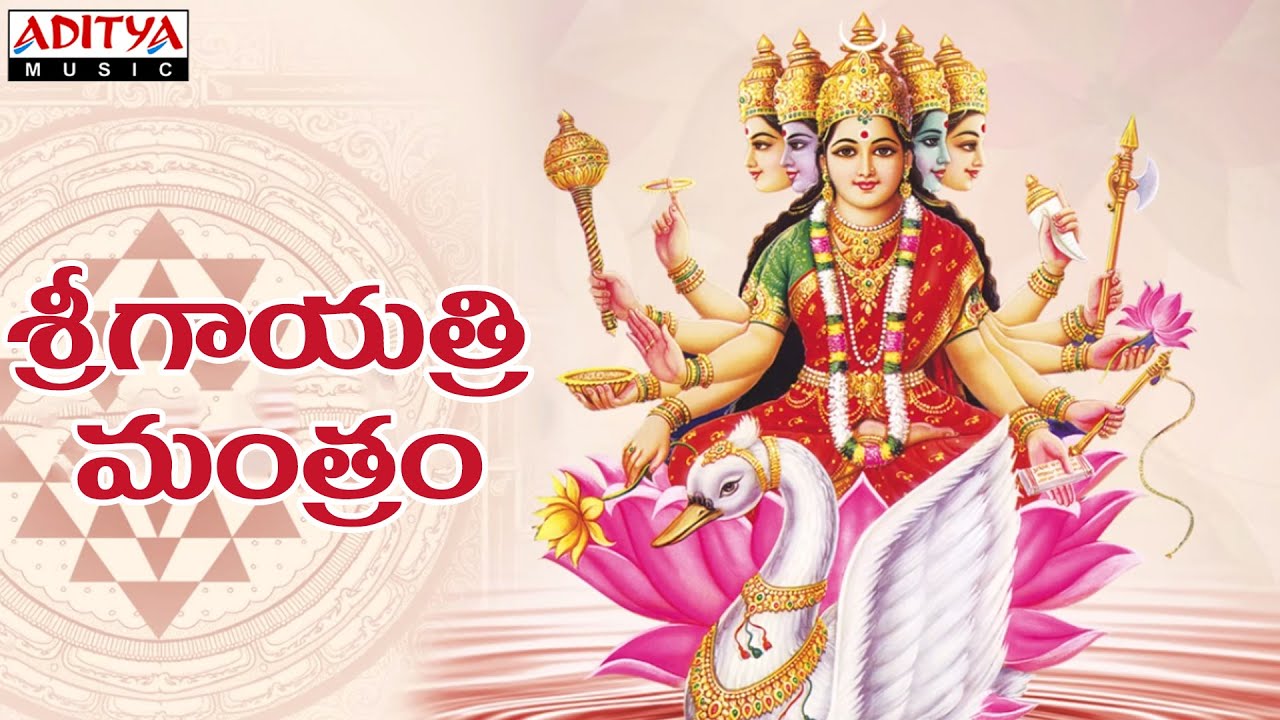
Sivanath Sastri ( Brahmo Samaj) (1911): "We meditate on the worshipable power and glory of Him who has created the earth, the nether world and the heavens (i.e.William Quan Judge (1893): "Unveil, O Thou who givest sustenance to the Universe, from whom all proceed, to whom all must return, that face of the True Sun now hidden by a vase of golden light, that we may see the truth and do our whole duty on our journey to thy sacred seat.".Sir William Jones (1807): "Let us adore the supremacy of that divine sun, the god-head who illuminates all, who recreates all, from whom all proceed, to whom all must return, whom we invoke to direct our understandings right in our progress toward his holy seat.".Shriram Sharma: Om, the Brahm, the Universal Divine Energy, vital spiritual energy (Pran), the essence of our life existence, Positivity, destroyer of sufferings, the happiness, that is bright, luminous like the Sun, best, destroyer of evil thoughts, the divinity who grants happiness may imbibe its Divinity and Brilliance within us which may purify us and guide our righteous wisdom on the right path.Ravi Shankar (poet): "Oh manifest and unmanifest, wave and ray of breath, red lotus of insight, transfix us from eye to navel to throat, under canopy of stars spring from soil in an unbroken arc of light that we might immerse ourselves until lit from within like the sun itself.".May He direct our minds (that is, 'towards' the attainment of dharmma, artha, kama, and moksha), Om." Let us contemplate the wondrous spirit of the Divinve Creator ( Savitri) of the earthly, atmospheric, and celestial spheres. Sir John Woodroffe (Arthur Avalon) (1913): "Ong.More interpretative translations include:

Brereton: "Might we make our own that desirable effulgence of god Savitar, who will rouse forth our insights."

Oṃ bhūr bhuvaḥ suvaḥ tat savitur vareṇyaṃ bhargo devasya dhīmahi dhiyo yo naḥ pracodayāt – Rigveda 3.62.10 Dedication The Gayatri mantra with swaras is, in Devanagari: Metrical restoration would emend the attested tri-syllabic vareṇyaṃ with a tetra-syllabic vareṇiyaṃ. Whereas in principle the gāyatrī mantra specifies three pādas of eight syllables each, the text of the verse as preserved in the Samhita is one short, seven instead of eight. This prefixing of the mantra is properly described in the Taittiriya Aranyaka (2.11.1-8), which states that it should be chanted with the syllable oṃ, followed by the three Vyahrtis and the Gayatri verse. During its recitation, the hymn is preceded by oṃ ( ॐ) and the formula bhūr bhuvaḥ svaḥ ( भूर् भुवः स्वः). The main mantra appears in the hymn RV 3.62.10.


 0 kommentar(er)
0 kommentar(er)
